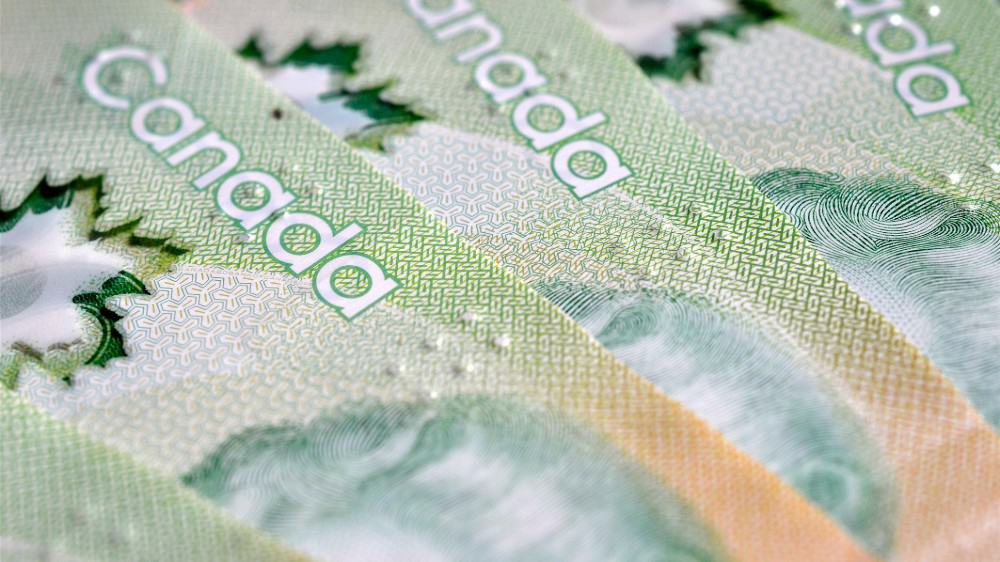Last month, the Canada Revenue Agency brought in a number of measures to help Canadians cope with the COVID-19 crisis. These included tax filing and payment extensions, as well as a number of cash transfers. The tax extensions mainly apply to the 2019 tax year, which means that they impact the tax returns you’ll be filing this year.
By giving you more time to file your taxes, the CRA has given you the opportunity to find more tax breaks for which you may be eligible. This could lower your tax bill and increase your refund.
The following are three things you can do to increase the chances of that happening:
Report all deductions
The #1 thing you can do to lower your tax bill is to report all deductions for which you’re eligible. The most valuable of these are RRSP contributions. All information on RRSP transfers is sent from your bank to the CRA automatically, so you don’t have to worry crunching the numbers yourself.
Most other deductions, however, have to be added up manually when you file your taxes. Some deductions you can claim include child care services and charitable contributions.
If you’re self-employed you can deduct even more. While the CRA hasn’t introduced any new deductions in 2020, the tax filing extension gives you more time to review your records and find deductible purchases you may have missed.
Review your investments
Any investment income earned outside of an RRSP or TFSA has to be reported to the CRA. It’s very important to review information on this closely. If you incurred any capital losses in 2019, you can use them to offset the taxes you paid on capital gains.
Imagine, for example, that you bought $100,000 worth of Fortis Inc (TSX:FTS)(NYSE:FTS) shares, and sold them for $120,000. That would leave you with a $20,000 capital gain. In Canada, 50% of any capital gain is taxable. That means that you would have earned $10,000 in taxable income from the transaction.
You’d pay your marginal tax rate (i.e., your highest tax rate) on that $10,000. If you’re a high earner, that could be as much as 50%, or $5,000. You’d have to pay dividend taxes on top of that as well.
Now, let’s imagine that you held some other stock, and realized a $20,000 loss when you sold it. This would be enough to offset your full profit on the FTS shares, so you’d end up with $0 in net taxes.
Of course, that also means you’d end up with $0 in actual returns. However, if you neglected to report the losing trade, you’d still have to pay taxes on the Fortis shares!
None of the above capital gain and loss rules are new in 2020. They’re established components of Canada’s tax code. However, the CRA’s tax filing extension gives you more time to carefully review your transaction history and find tax savings you may have missed. The end result could be a much larger than expected tax refund.










